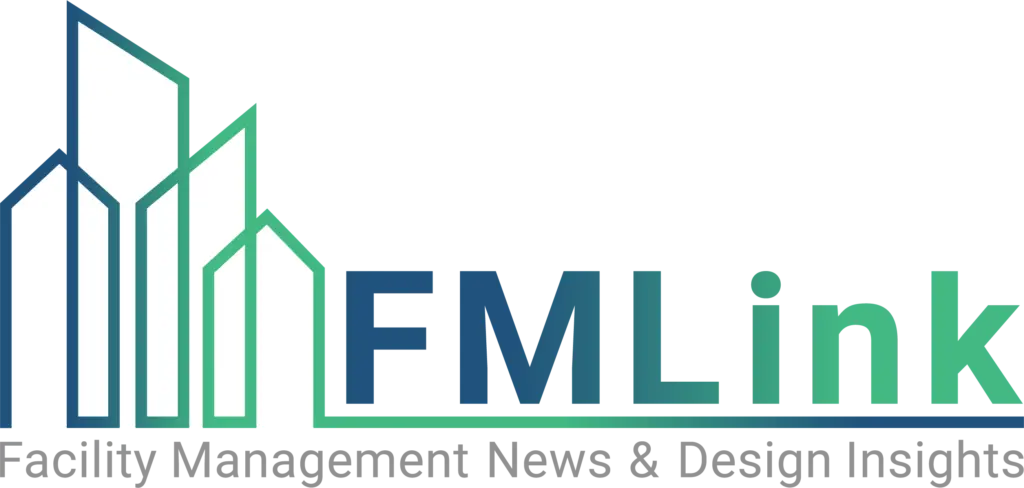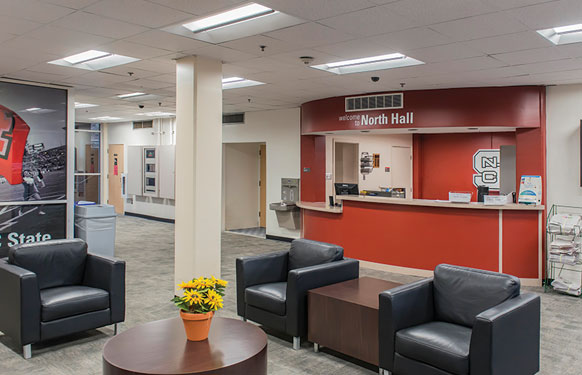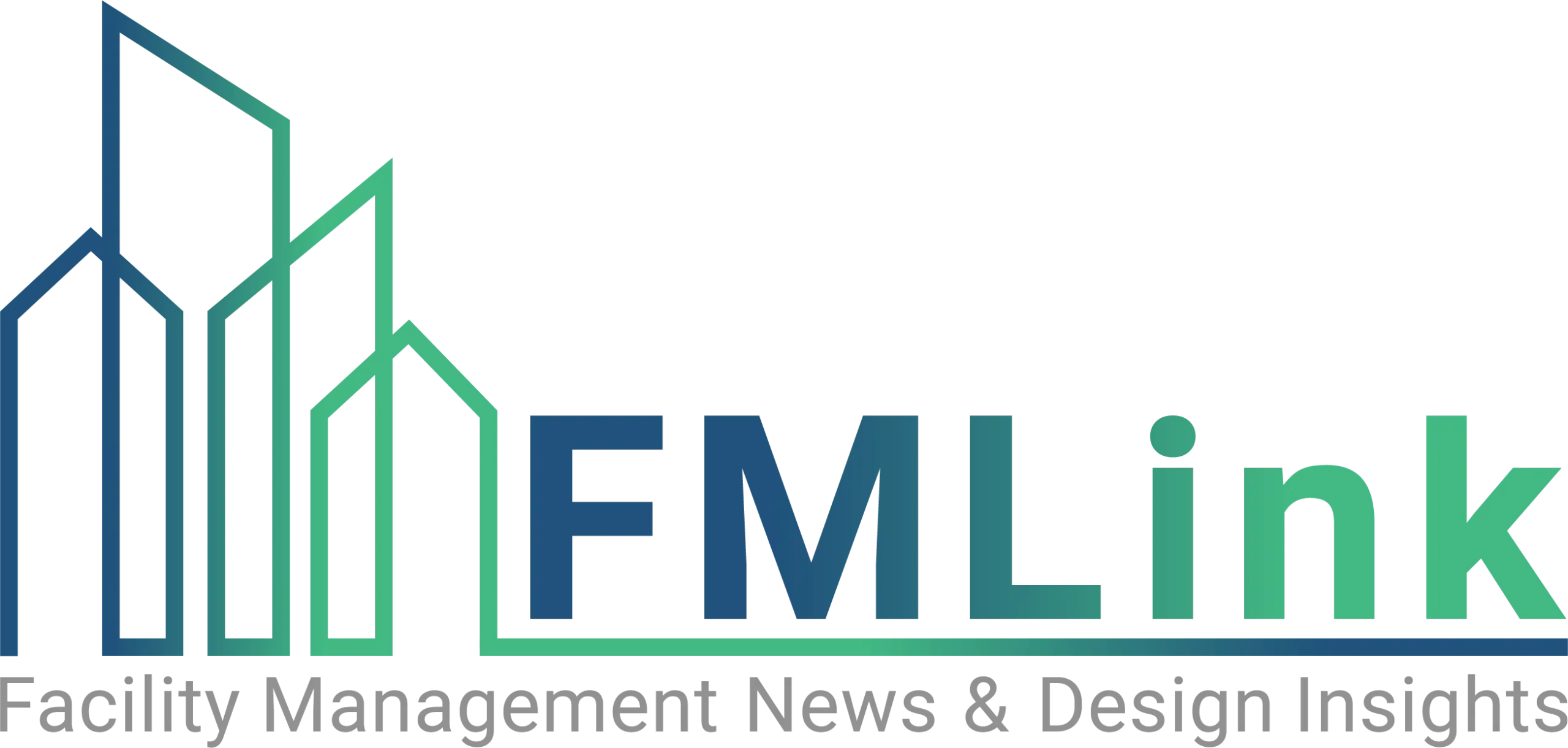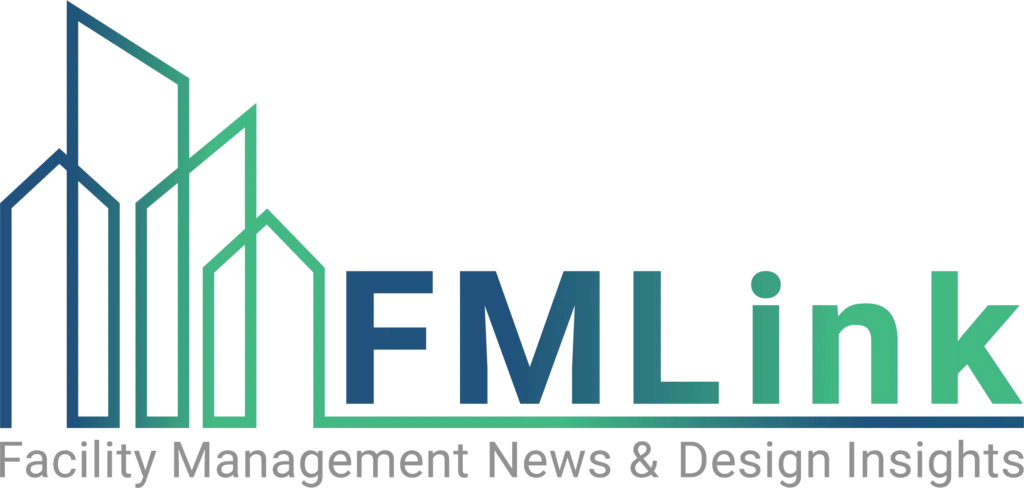In order to efficiently manage energy resources and carbon emissions, it is important to give the people that own and operate facilities the tools to make informed decisions day in and day out as well as provide feedback about the decisions they’ve made. Providing digital dashboards that display real-time operating parameters, historical trends and performance data that compares actual performance with historical performance, is one way to impact energy usage and carbon emissions, and provide a guide for continuous commissioning.
Savvy facility managers understand that in order to make effective decisions, they need productive system performance data. By applying analytics to performance data that feeds the digital dashboards available from today’s enterprise energy and carbon accounting (EECA) software, facility managers have access to predictive analysis to help identify real-time or pending equipment failures and automatically generate equipment work orders.

How many miles per gallon does your building get?
Back in the day when “cars were cars,” the gauge for how well a car was performing was guesswork. The dashboard consisted of analog gauges for water temperature, oil pressure, volts, fuel level, speed and odometer. Vehicle owners and operators developed a feel for what was acceptable performance and maintained their vehicles based on any deviation from that feel.
In today’s cars, the engine management module communicates with the power train management module and dynamically adjusts performance in real time based on information received from multiple sensors and subsystems. Interoperable systems make real-time decisions and adjustments based on operator and environmental demands. Handling, cabin temperature, security and navigation readouts are common on today’s automotive dashboard. This illustrates today’s car as a system of systems; a smart car for US$20,000 is smarter in fact than some of our US$20 million buildings.
Many of today’s facility managers maintain buildings the same way drivers used to maintain their cars: judging their building’s performance by guesswork and making decisions based on an outdated dashboard with just a few, simple analog gauges. Just like the cars they drive to work, today’s facility managers could be using a digital dashboard complete with analytics and computer generated diagnostic data derived from a system of systems to keep their building running at its peak.
When was the last time a facility manager looked at his or her building’s dashboard to understand performance? How many of them have a dashboard of any design that could be reviewed, understood and used to make decisions?
Dashboards are about turning data into readily useable information and giving people that own and operate buildings the information and tools necessary to historically review decisions and efficiently maintain them.
What is the expected performance standard of a building? How well has it performed historically? Who is making real-time adjustments to the tuning of that building’s performance to keep it operating within the expected parameters? Is the building within 1 or 2 percentage points of how it performed based on normalization for this time last year?
If this information is unknown, then the building can’t be operated as efficiently as possible. The building might be wasting energy resources, generating unnecessary emissions, unnecessarily running up costs and running into tenant retention problems.

Creating a system of systems
Buildings already have comprehensive systems for the control of lighting, mechanical equipment and heating, ventilation and air conditioning (HVAC), among others. For the most part, each system is operated independently; each system is an island of excellence. However, by integrating these systems together—by making a facility a system of systems—building performance can be adjusted automatically on a real-time basis and data can be turned into readily useable information. This allows operators to take actionable steps based on analytical review and performance benchmarks that are displayed dynamically. Financial managers can review historical data to understand cost-based performance, limiting the risk to operating costs.
Once the facility has a sound benchmarking data system, EECA software can access data from the many building systems, turn the data into readily useable information and display it in performance-based terms. This helps owners and operators manage their facilities more efficiently. It helps facility managers develop performance-based criteria for how the facility should operate and the owner can design management systems to limit risk. It gives facility managers and building owners the tools they need to apply the best possible continuous commissioning or recommissioning opportunities throughout the facility, and to acquire and report carbon and energy resource consumption accurately. It also allows for the management of numerous data points, which helps identify and maintain peak performance as well as permit adjustments and repairs in real time.
Tracking results
One recent whitepaper1 highlighted U.S. Bank, a leader in the financial services industry, which went through “an energy and environmental ‘refresh’ of its office technologies, in-store and customer support facilities.” The company initiated a centralized system that collects and manages energy and environmental data on more than 2,200 U.S. Bank sites across 25 states. The system identified opportunities to institute a wide array of energy efficiency upgrades, such as lighting retrofits, installation of multifunction print devices, server virtualization and consolidation, and implementation of automated PC monitor power management practices. In all, the company expects to generate US$2.2 million in power savings.
In the “ENERGY STAR® Building Upgrade Manual,2” the U.S. Environmental Protection Agency highlighted a number of case studies that showed the benefits of ongoing commissioning. The Gallagher School of Business Administration building on the University of Montana campus was partially commissioned after construction in 1997. Just a few years after it was built, the building’s performance began to slip. With funding from the Northwest Energy Efficiency Alliance and support from the U.S. Department of Energy’s Rebuild America Program, the University hired a commissioning provider to complete the commissioning process.
A major finding was that the building’s occupancy load had changed; as enrollment in the business school increased, the increased number of people and computers added loads that the heating and cooling systems were not designed to handle. Ongoing commissioning helped identify the changing needs of the building, revealing and suggesting fixes for nearly 350 problems. Identifying and addressing these issues saved the university approximately US$19,500 each year.
Another case study from the “ENERGY STAR Building Upgrade Manual3” featured the U.S. General Services Administration, which initiated a full ongoing commissioning study of the Hatfield Courthouse, a U.S. federal courthouse located in Portland, Ore., USA. Investigators reviewed the building’s documentation and utility bills, inspected building equipment, interviewed building operators, tested selected equipment and systems, and analyzed extensive trending of the HVAC control system.
The investigation identified 29 issues. Addressing these issues cut annual utility costs by about 10 percent or US$56,000. The project cost (including investigation, implementation and project oversight costs) was US$180,554. Incentives and tax credits brought that number down to US$154,772 (or about US$0.29 per square foot) which resulted in a three-year payback. Ongoing commissioning also increased the building’s ENERGY STAR rating from 65 to 75, allowing the building to receive an ENERGY STAR label.
Now is the time
As the cost of energy and resources continue to rise and regulations increasingly require companies to fund the costs of their environmental impacts, companies must manage and optimize their energy and resource usage as a matter of both financial and competitive necessity. There is existing software that provides the information management and advanced analytic capabilities to continuously commission the facility, and manage energy resource and carbon emission challenges. It also helps implement energy and resource strategies that are financially informed and cost effective.
Using smarter building technologies as the first line of defense in keeping energy and carbon initiatives in check is being proactive. When the digital dashboard indicates an energy conservation strategy is starting to drift or has stopped working, an evaluation by ongoing commissioning or a system specific professional can bring the drifting energy conservation strategy back into specification. The digital dashboard and its imbedded analytics is the window into the facility, providing an understanding of how effectively the facility is performing based on set points and notifying facility managers when a set point is exceeded or when performance is drifting into the warning zone.
It is important to note the digital dashboard is not performing continuous commissioning. It is continuously monitoring and analyzing real-time building and subsystem performance-based predetermined calculations. It is the tool that advises owners and operators when corrective action needs to be taken to maintain safe, comfortable and efficient facilities. Acting on the data provided is what ongoing commissioning is all about. FMJ
References:
1. Hara Software, Inc., The Energy Elephant in the Boardroom: How to Increase Efficiency and Create Value, June, 2011.
2 & 3. U.S. Environmental Protection Agency, ENERGY STAR® Building Upgrade Manual, 2008.






